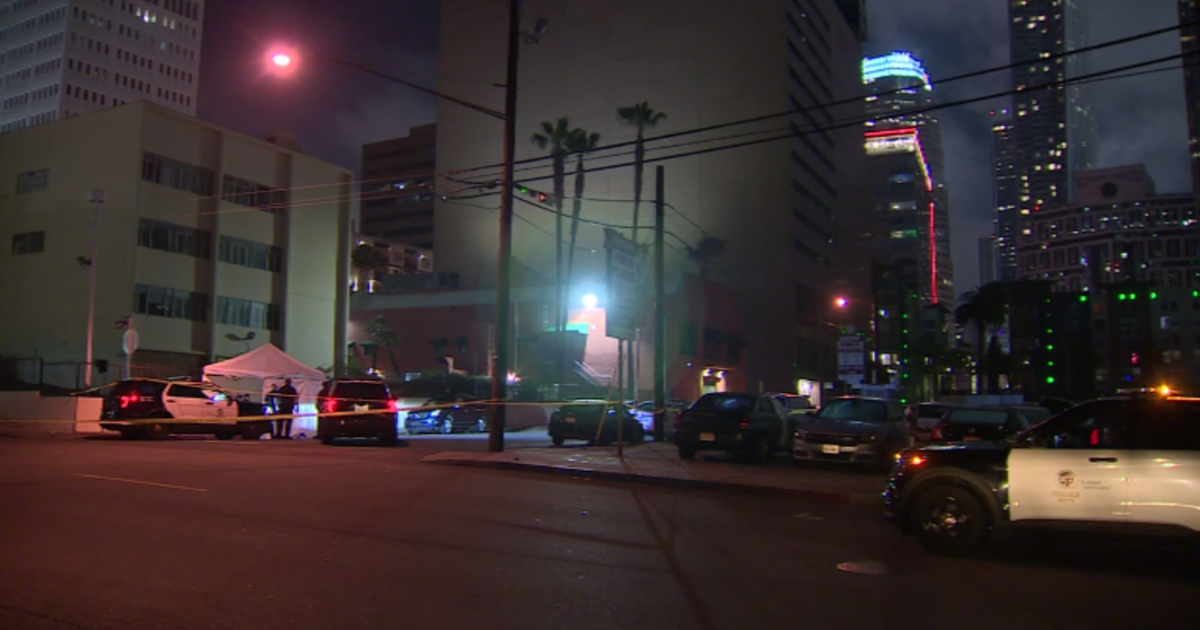$533 Million Pricetag May Lead To Retirement Of Idling Nuclear Power Plant
LOS ANGELES (AP) — Costs tied to the idling of California's San Onofre nuclear power plant have climbed to $553 million, while the majority owner raised the possibility Tuesday of retiring the plant if it can't get one reactor running later this year.
The plant between San Diego and Los Angeles has not produced electricity since January 2012, when a tiny radiation leak led to the discovery of unusual damage to hundreds of tubes that carry radioactive water.
Edison International — the parent company of operator Southern California Edison — reported Tuesday that $109 million has been spent through March 31 on repairs and inspections, while $444 million was needed for replacement power.
SCE has asked federal regulators for permission to restart the Unit 2 reactor and run it for a five-month test period. Without that approval, Chairman Ted Craver told Wall Street analysts in a conference call that a decision on whether to retire one, or both, reactors might be made this year.
The company is facing a tangle of regulatory obstacles that include a Nuclear Regulatory Commission review of the restart plan and a separate state investigation into who should pay for the long-running shutdown — customers or shareholders.
With questions about whether the plant can restart, mounting costs and who picks up the bill, "there is a practical limit to how much we can absorb of that risk," Craver said.
The problems at San Onofre center on steam generators that were installed during a $670 million overhaul in 2009 and 2010. After the plant was shut down, tests found some generator tubes were so badly eroded that they could fail and possibly release radiation, a stunning finding inside the nearly new equipment.
The generators, which resemble massive steel fire hydrants, control heat in the reactors and operate something like a car's radiator. At San Onofre, each one stands 65 feet high, weighs 1.3 million pounds and has 9,727 U-shaped tubes inside, each 0.75 inch in diameter. Hundreds of the tubes have been taken out of service because of damage or as a preventative step.
(© Copyright 2013 The Associated Press. All Rights Reserved. This material may not be published, broadcast, rewritten or redistributed.)



